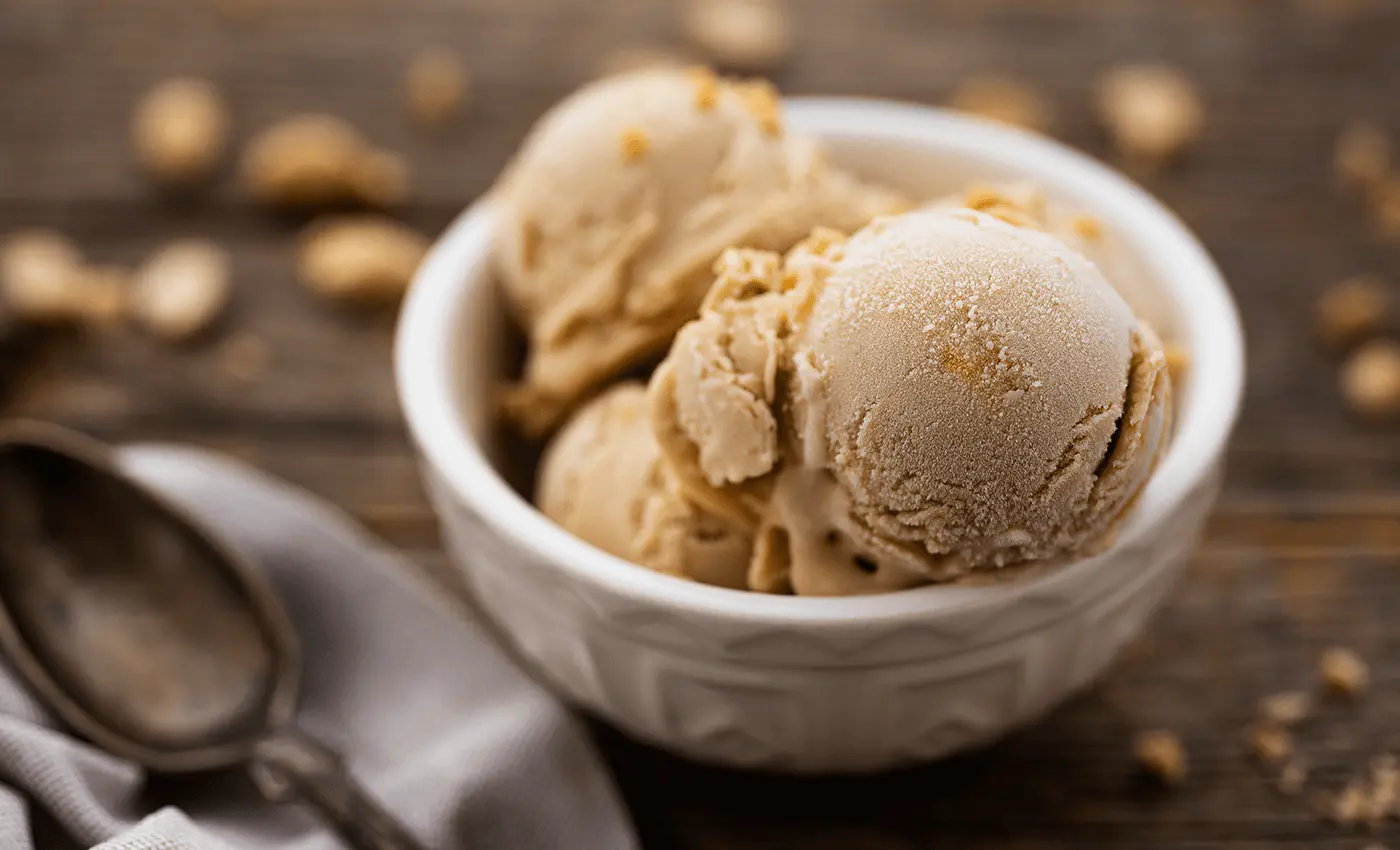Ice Cream Nutrition and Facts
Say it with us: I scream, you scream, we all scream for ice cream, no matter the kind.
Few foods capture the imagination—and taste buds!—quite like ice cream. Whether celebrating a special occasion with friends and family or making an ordinary moment special, ice cream is often the go-to treat for many.
Is Ice Cream a Dairy Product?
Yes, ice cream is a dairy product. It is made from milk and cream, which are both dairy ingredients. If you want a scoop of ice cream but are lactose intolerant, look for lactose-free dairy product options.
How Ice Cream is Made
Ice cream is made by stirring, while freezing, a pasteurized mix of milk (and sometimes other dairy products like cream), sweeteners, and flavorings, and may also include stabilizers or emulsifiers. Ice cream must contain a minimum of 10% milkfat. Today, you can make ice cream at home, often in seven simple steps, using an ice cream maker or other kitchen tools.
Beyond traditional ice cream, there are other dairy-based frozen treats you can make at home that offer different textures and flavors .These include sherbet, which has less milk fat, to frozen custard, which contains a higher content of egg yolk solids. Other popular frozen dairy products include frozen yogurt, gelato and soft serve.
Comparing Ice Cream: Regular vs. Low-Fat vs. Lactose-Free
When choosing ice cream, understanding the differences between regular, low-fat, and dairy-free varieties can help you make more informed decisions. Each type offers unique nutritional profiles and tastes.
Regular Ice Cream
Regular ice cream is made with full-fat milk and cream, providing a rich, creamy texture. It typically contains about 150-200 calories per 2/3-cup serving, with around 10 grams of fat and about 20 grams of sugar. While it offers a delicious treat, regular ice cream is often higher in saturated fat and calories.
Low-Fat Ice Cream
Low-fat ice cream is a lighter alternative, made with reduced-fat milk and cream or milk substitutes. This variety usually contains around 100-150 calories per 2/3-cup serving, with about 5 grams of fat. While it has fewer calories and less fat, low-fat ice cream may contain more added sugars or artificial sweeteners to compensate for the reduced fat content.
Lactose-Free Ice Cream
Low-lactose ice cream can be important for those managing lactose intolerance or dairy allergies. It’s made with regular milk but contains reduced lactose levels, making it easier to digest for some people with lactose sensitivity. It typically offers a similar calorie count and creamy texture to regular ice cream, with fewer lactose-related issues.
Check out these fun ice cream facts and see how much you know about ice cream. Or find a few of our favorite ice cream recipes: Or find a few of our favorite ice cream recipes in our diary recipes..
